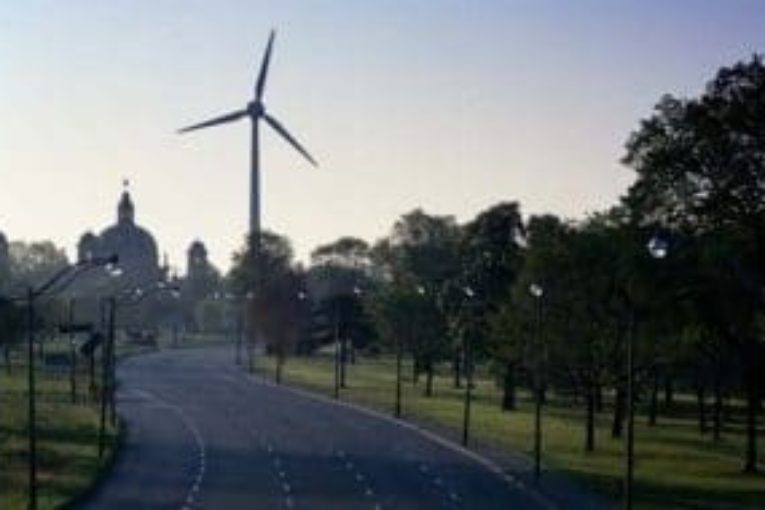
In June 2016 the Ontario government released its Climate Change Action Plan. According to the Premier, the plan signals Ontario’s commitment “to creating a low-carbon economy that will drive innovation, create more opportunities for business and industry, and generate high-value jobs” while creating a healthier environment and economy for future generations. By the year 2030, greenhouse gas emissions are to be 37 per cent lower than in 1990.
The plan features a cap and trade program that will encourage a reduction in carbon-based fuels. Also fundamental to the plan is a growing electrification of the Ontario economy – public transit fuelled by clean electricity, more electric vehicles, and clean electric technologies supplanting carbon-based fuels in buildings and industry. The province is positioning itself to become a global leader in the clean-tech sector.
Ontario already has a clean-energy advantage. According to the Independent Electricity System Operator (IESO), more than 90 per cent of the province’s electricity supply in 2015 was from sources such as nuclear, hydro, wind and solar with no or very low carbon emissions.
But Ontario still faces a challenge in ensuring that new electricity demand will be met by clean sources. As electrification of the economy proceeds, the province will also aim to refurbish the Darlington and Bruce nuclear units, and will remove 3,100 megawatts of nuclear supply at Pickering.
Where will the new clean electricity supply come from?
Ontario has no plans for capital-intensive and expensive new nuclear stations. There are few sites for economical, large-scale hydroelectric development, and increased imports of Manitoba and Quebec hydro power would necessitate major transmission expansions.
The province could ramp up its electricity generation from natural gas, but that would work against accomplishing the goals of the Climate Change Action Plan.
Wind energy is the most promising technology available to meet increased electricity demand while helping to build a de-carbonized economy. The case for adding new wind energy in Ontario is compelling.
New wind facilities are economic now and will help mitigate electricity cost pressures in the future. In its most recent procurement, the IESO selected 300 megawatts of wind projects at an average cost of 8.59 cents per kilowatt hour – well under Ontario’s average supply cost of 11.14 cents. Even better, wind energy costs are projected to continue to decline while other technologies are forecast to rise in cost, as a result of increased fuel costs or environmental regulations such as carbon pricing or water restrictions. Wind energy uses a free fuel, has no carbon costs, and does not use water resources.
Wind can easily play a much larger role in meeting Ontario’s electricity needs.
The recently-released Pan-Canadian Wind Integration Study finds that increased use of Ontario’s high-quality wind resources would displace fossil-fuelled electricity and would not require a large addition in electricity regulation reserve requirements. Additional wind energy can be easily integrated into the existing electricity system.
Ontario has already benefited from the development of the province’s wind energy sector in terms of jobs, and community and GDP benefits. It is an important foundation of the growing clean-tech industry. And it promises to help make Ontario’s electricity supply more affordable in the future.
Ontario’s wind energy sector is poised to help the province reap the benefits of an expanded green and de-carbonized economy.
Ontario Regional Director at the Canadian Wind Energy Association
You can read more of the news on source



